No products in the cart.
Buy Dmt art Online
$2,000.00
Category: Research chemicals for sale Tags: alex gray dmt art, alex grey dmt art, art, buy DMT art, DMT, DMT abstract art, DMT abstract paintings, DMT altered state art, DMT and art therapy, DMT and consciousness art, DMT and creativity, dmt art, DMT art aesthetics, DMT art and altered states, DMT art and consciousness, DMT art and healing, DMT art and mysticism, DMT art and spirituality, DMT art canvas, DMT art community, DMT art drawing, DMT art exhibitions, DMT art experience, DMT art gallery, DMT art gallery show, DMT art mandalas, DMT art meaning, DMT art online, DMT art paintings, DMT art prints, DMT art prints for sale, DMT art process, DMT art style, DMT art symbolism, DMT art symbolism and meaning, DMT art techniques, DMT artwork for sale, dmt ayahuasca art, DMT beings, DMT celestial, DMT celestial art, DMT color patterns, DMT colorful patterns, DMT consciousness artwork, DMT cosmic art, DMT cosmic fractals, DMT cosmic journey, DMT cosmic journey artwork, DMT digital art, DMT dream art, DMT dreamscape, dmt elves art, DMT energy field art, dmt experience art, DMT extraterrestrial art, DMT fractal art, DMT geometric art, dmt hallucination art, DMT inspired drawings, DMT interdimensional art, DMT kaleidoscopic art, DMT mandalas, DMT meditation art, DMT metaphysical art, DMT mind expansion art, DMT mind-bending art, DMT mind-expanding art, DMT mystical art, DMT mystical creatures, DMT other realms, DMT otherworldly art, DMT portal art, DMT portal paintings, dmt psychedelic art, DMT psychedelic landscapes, DMT psychedelic visions, DMT sacred art, DMT sacred geometry, DMT spirit guides, DMT spirit world art, DMT spiritual art, DMT spiritual realms, DMT supernatural artwork, DMT surrealism, DMT themed murals, DMT third eye art, dmt trip art, DMT trippy art, DMT trippy patterns, DMT trippy visuals, DMT universal consciousness art, DMT visionary artists, DMT visionary experience, DMT visionary experiences, DMT visionary illustrations, DMT visual landscapes, dmt visuals, dmt visuals art, DMT visuals drawings, DMT-inspired 3D art, DMT-inspired art, DMT-inspired design, DMT-inspired graphics, DMT-inspired jewelry, DMT-inspired paintings, DMT-inspired posters, DMT-inspired sculptures, DMT-inspired visuals, DMT-themed tattoos, psychedelic art, visionary art
Buy Dmt art Online
What is Psychedelic,Dmt art
Dmt art for sale (also known as psychedelia) is art, graphics or visual displays related to or inspired by psychedelic experiences and hallucinations known to follow the ingestion of psychedelic drugs such as LSD, psilocybin, and DMT. The word “psychedelic” (coined by British psychologist Humphry Osmond) means “mind manifesting”. By that definition, all artistic efforts to depict the inner world of the psyche may be considered “psychedelic”.
In common parlance “psychedelic art” refers above all to the art movement of the late 1960s counterculture, featuring highly distorted or surreal visuals, bright colors and full spectrums and animation (including cartoons) to evoke, convey, or enhance psychedelic experiences. Psychedelic visual arts were a counterpart to psychedelic rock music. Concert posters, album covers, liquid light shows, liquid light art, murals, comic books, underground newspapers and more reflected not only the kaleidoscopically swirling colour patterns of LSD hallucinations, but also revolutionary political, social and spiritual sentiments inspired by insights derived from these psychedelic states of consciousness.
Features[edit]
- Fantastic, metaphysical, and surrealistic subject matter
- Kaleidosopic, fractal, or paisley patterns
- Bright and/or highly contrasting colors
- Extreme depth of detail or stylization of detail. Also called Horror vacui style.
- Morphing of objects or themes and sometimes collage
- Phosphenes, spirals, concentric circles, diffraction patterns, and other entoptic motifs
- Repetition of motifs
- Innovative typography and hand-lettering, including warping and transposition of positive and negative spaces
Origins dmt art
Psychedelic art is informed by the notion that altered states of consciousness produced by psychedelic drugs are a source of artistic inspiration. The psychedelic art movement is similar to the surrealist movement in that it prescribes a mechanism for obtaining inspiration. Whereas the mechanism for surrealism is the observance of dreams, a psychedelic artist turns to drug induced hallucinations. Both movements have strong ties to important developments in science. Whereas the surrealist was fascinated by Freud’s theory of the unconscious, the psychedelic artist has been literally “turned on” by Albert Hofmann’s discovery of LSD.
Among the work forerunners of psychedelic art, the following authors and artists can be noted: Lautreamont, Louis-Ferdinand Celine, Stanislav Witkevich, Antonin Artaud, Georges Bataille, William Burroughs, De Quincey, Terence McKenna, Carlos Castaneda. Mikhail Bulgakov is the first writer to describe narcotic hallucinations. In particular, art researchers Tim Lapetino and James Orok trace the connection of psychedelic art with Dadaism, Surrealism, Lettrism, and Situationism.[1][2]
The early examples of “psychedelic art” are literary rather than visual, although there are some examples in the Surrealist art movement, such as Remedios Varo and André Masson. Other early examples include Antonin Artaud who writes of his peyote experience in Voyage to the Land of the Tarahumara (1937) and Henri Michaux who wrote Misérable Miracle (1956), to describe his experiments with mescaline and hashish.
Aldous Huxley’s The Doors of Perception (1954) and Heaven and Hell (1956) remain definitive statements on the psychedelic experience.
Albert Hofmann and his colleagues at Sandoz Laboratories were convinced immediately after its discovery in 1943 of the power and promise of LSD. For two decades following its discovery LSD was marketed by Sandoz as an important drug for psychological and neurological research. Hofmann saw the drug’s potential for poets and artists as well, and took great interest in the German writer Ernst Jünger’s psychedelic experiments.
Early artistic experimentation with LSD was conducted in a clinical context by Los Angeles–based psychiatrist Oscar Janiger. Janiger asked a group of 50 different artists to each do a painting from life of a subject of the artist’s choosing. They were subsequently asked to do the same painting while under the influence of LSD. The two paintings were compared by Janiger and also the artist. The artists almost unanimously reported LSD to be an enhancement to their creativity.
Ultimately it seems that psychedelics would be most warmly embraced by the American counterculture. Beatnik poets Allen Ginsberg and William S. Burroughs became fascinated by psychedelic drugs as early as the 1950s as evidenced by The Yage Letters (1963). The Beatniks recognized the role of psychedelics as sacred inebriants in Native American religious ritual, and also had an understanding of the philosophy of the surrealist and symbolist poets who called for a “complete disorientation of the senses” (to paraphrase Arthur Rimbaud). They knew that altered states of consciousness played a role in Eastern Mysticism. They were hip to psychedelics as psychiatric medicine. LSD was the perfect catalyst to electrify the eclectic mix of ideas assembled by the Beats into a cathartic, mass-distributed panacea for the soul of the succeeding generation.
ARTWORK DESCRIPTION
Signed certificate of authenticity.
This ‘ngalyipi Jukurrpa’ (snakevine [Tinospora smilacina] Dreaming) comes from Mina Mina. Mina …
MEDIUM
Acrylic painting
FREE SHIPPING AND FREE RETURNS
Free and insured shipping Australia-wide. Guaranteed free returns free pick-up service within 7 days of delivery.
WORLDWIDE SHIPPING
Fully insured global shipping. Free returns apply within 7 days of delivery.
Be the first to review “Buy Dmt art Online” Cancel reply
Related products
Research chemicals for sale
$110.00 – $1,500.00
This product has multiple variants. The options may be chosen on the product page Research chemicals for sale
$250.00 – $3,200.00
This product has multiple variants. The options may be chosen on the product page Research chemicals for sale
$246.00 – $5,015.00
This product has multiple variants. The options may be chosen on the product page Research chemicals for sale
$450.00 – $1,200.00
This product has multiple variants. The options may be chosen on the product page Research chemicals for sale
$595.00 – $19,550.00
This product has multiple variants. The options may be chosen on the product page Research chemicals for sale
$260.00 – $2,290.00
This product has multiple variants. The options may be chosen on the product page Research chemicals for sale
$300.00 – $1,600.00
This product has multiple variants. The options may be chosen on the product page Research chemicals for sale
$2,000.00 – $400,000.00
This product has multiple variants. The options may be chosen on the product page 



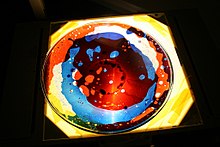
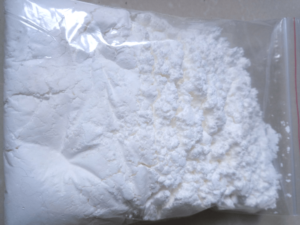
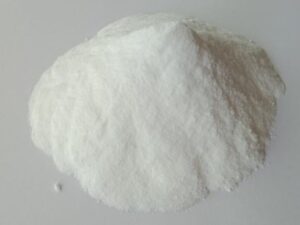

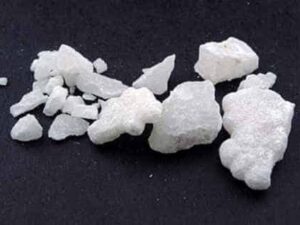

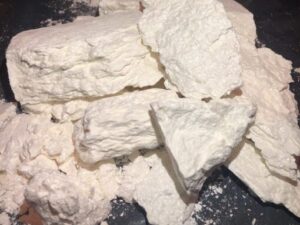
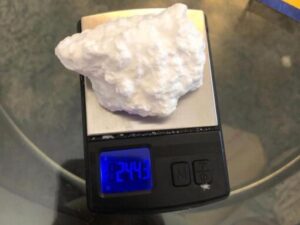
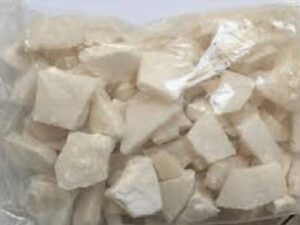
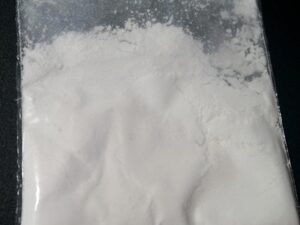

Reviews
There are no reviews yet.